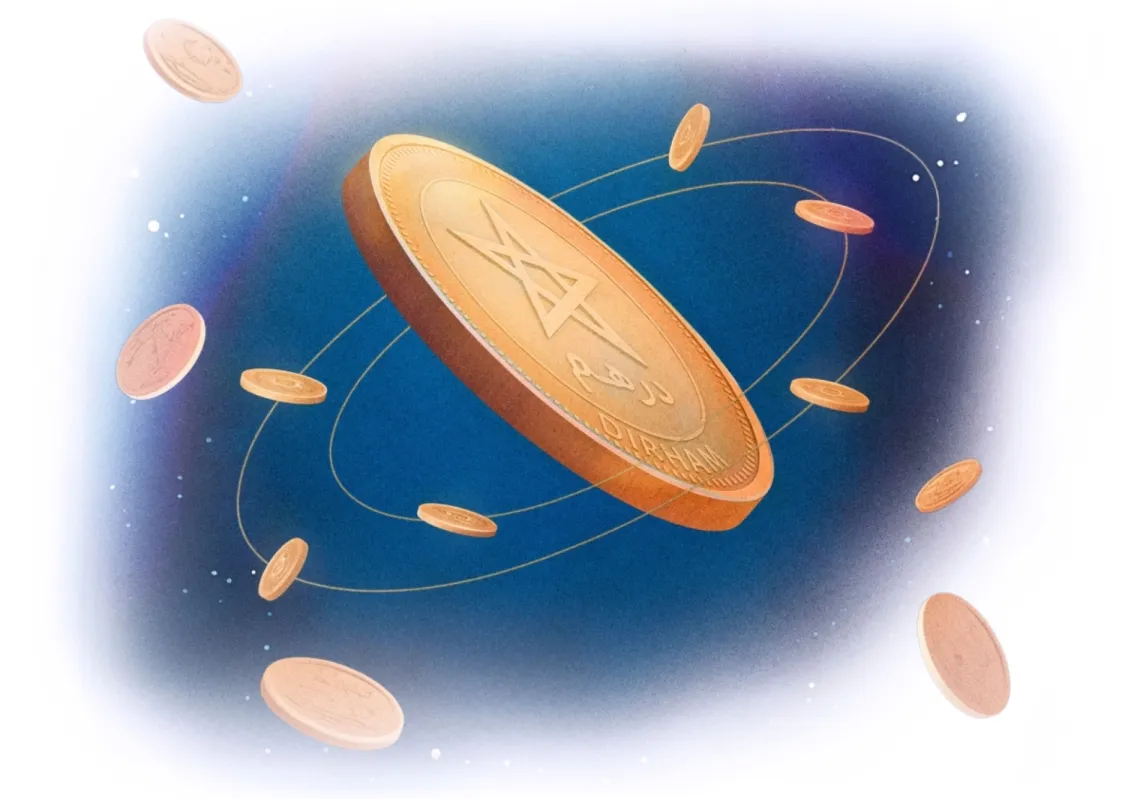The impact of human activities on the Earth’s climate has been a hot topic in science since the 1960s, especially the way burning fossil fuels has been creating global warming.
Research into the phenomenon has intensified in subsequent decades, led by organisations such as the UN Intergovernmental Panel on Climate Change.
In the 1990s, global efforts to control carbon emissions gained momentum with the adoption of the United Nations Framework Agreement on Climate Change in 1992, which represented an international commitment to stabilise greenhouse gas concentrations in the atmosphere.
The early 21st century saw a growing recognition of the need for sustainable energy solutions and carbon reduction strategies.
The relationship between carbon emissions and climate change – alongside the impact on ecosystems, weather patterns, and human health – has become clearer as scientific studies highlight the urgent need to cut the greenhouse gas emissions that warm the world to limit the damage.
Major promise and new hope in the fight against climate change
The need to mitigate the accumulation of man-made, or anthropogenic, carbon dioxide (CO2) to combat climate change is urgent. It has spurred global efforts to develop technologies to convert CO2 into green fuels.















